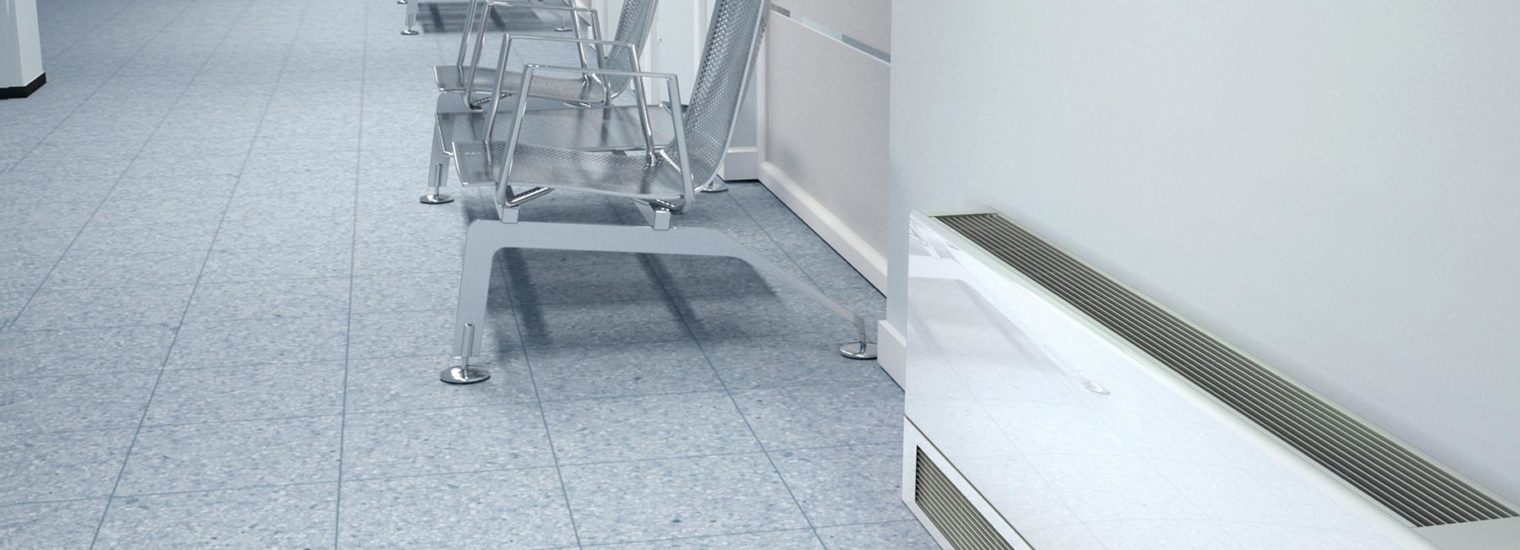A building that is open to the public has a duty of care to ensure that anyone visiting is not exposed to unnecessary risk and this is the case for both buildings that are operated by a public organisation and privately run establishments. Building operators must follow the general Health and Safety liabilities and special requirements imposed by the new building regulations. If you fail to be compliant with these regulations, you could be hit with compensation claims if a person has received injuries caused by neglect. It is therefore important that you carry out proper and thorough risk assessments and follow through on any required actions. This will help to create a safe environment and reduce public liability insurance premiums.
What Risks Need to be Assessed Before Installing LST Radiators?
To make sure that you are not hit with compensation claims, you will need to carry out risk assessments. This will determine if LST radiators are needed in your specific buildings. There are quite a few risks that should be assessed and minimised. This includes exposure to hot surfaces and other pipework, plus the danger of being injured from a sharp edge or corner. Other important points that you will also want to consider include the heating performance, ease of use and energy efficiency. A huge range of buildings require this including hotels, museums and libraries. However, it is extremely important that LST radiators are used within the education and health care systems.
Minimising the Risk of Injury within Heating Systems
When you are installing new heating systems, you should always do this keeping in mind what the worst case scenario is. You must take into account vulnerable children, disabled people and older people. This includes protecting them from both burns and sharp edges if they were to fall. Those particularly at risk are the elderly, the vulnerable, those with reduced sensitivity to heat and those who cannot react quickly should they fall onto a hot surface.
Where Are LST Radiators Required?
Taking into consideration those who are most susceptible to the risk of burns, there are a few buildings where LST radiators are always a requirement. The first is within schools. Young children can easily burn themselves on radiators that are extremely hot to the touch. This is especially the case with younger children. LST radiators should also be fitted within hospitals and care homes for the elderly. This will prevent burns from happening should an elderly person fall into a radiator and not being able to move for some time. What’s more, all health care facilities should have LST radiators fitted.
If you need more information about LST radiators for your building, contact us today!

